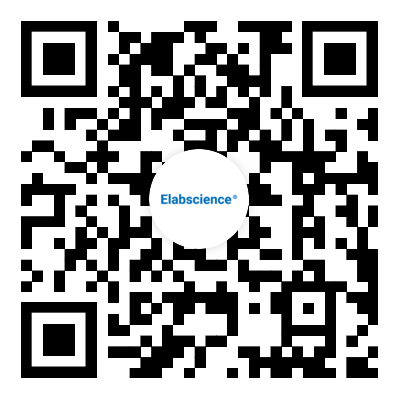Recombinant Human Nectin-4/NECTIN4 Protein (His Tag)
Price:
- 表达系统: HEK293 Cells
- 蛋白编码: Q96NY8
- 应用性: ELISA
| 别称 |
PVRL4;Nectin-4;Ig superfamily receptor LNIR;Poliovirus receptor-related protein 4;PRR4;LNIR
|
| 表达系统 |
HEK293 Cells
|
| 序列 |
Gly32-Val351
|
| 蛋白编码 |
Q96NY8
|
| 种属 |
Human
|
| 计算分子量 |
35.3 kDa
|
| 表观分子量 |
40-47 kDa
|
| 标签 |
C-His
|
| 生物活性 |
Immobilized Anti-Human Nectin-4 mAb-mFc at 2μg/ml (100 μl/well) can bind Human Nectin-4-His.The ED50 of Human Nectin-4-His is 16.29 ng/ml.
|
| 纯度 |
> 95 % as determined by reducing SDS-PAGE.
|
| 内毒素 |
< 1.0 EU per μg of the protein as determined by the LAL method.
|
| 保存条件 |
Generally, lyophilized proteins are stable for up to 12 months when stored at -20 to -80℃. Reconstituted protein solution can be stored at 4-8℃ for 2-7 days. Aliquots of reconstituted samples are stable at < -20℃ for 3 months.
|
| 运输条件 |
This product is provided as lyophilized powder which is shipped with ice packs.
|
| 制剂 |
Lyophilized from a 0.2 μm filtered solution of 20mM Tris-HCl, 8% Sucrose, 0.05% Tween 80, pH 8.0.
Normally 5 % - 8 % trehalose, mannitol and 0.01% Tween80 are added as protectants before lyophilization. Please refer to the specific buffer information in the printed manual. |
| 复溶方法 |
Please refer to the printed manual for detailed information.
|
| 背景 |
Nectin-4 (PVRL4) is a type I transmembrane glycoprotein which belongs to the nectin family of Ig superfamily proteins. It contains two Ig-like C2-type domains and one Ig-like V-type domain. PVRL4 seems to be involved in cell adhesion through trans-homophilic and -heterophilic interactions, the latter including specifically interactions with nectin-1. It does not act as receptor for alpha-herpesvirus entry into cells. It is predominantly expressed in placenta, the embryo and breast carcinoma. But it is not detected in normal breast epithelium. The soluble form is produced by proteolytic cleavage at the cell surface (shedding), probably by ADAM17. Mutations in this gene are the cause of ectodermal dysplasia-syndactyly syndrome type 1, an autosomal recessive disorder.
|
实验操作视频
新品推荐
Recombinant Human IL-6 Protein (Fc Tag)
Recombinant Mouse BCR protein (His tag)
Recombinant Mouse IL6 protein(His tag)
Recombinant Rat IL2/IL-2/Interleukin-2 protein (His tag)
Recombinant SARS-CoV-2 Nucleocapsid Protein (His Tag)
Recombinant Human Fyn protein(His tag)
Recombinant Mouse CD96/TACTILE protein (His tag)










